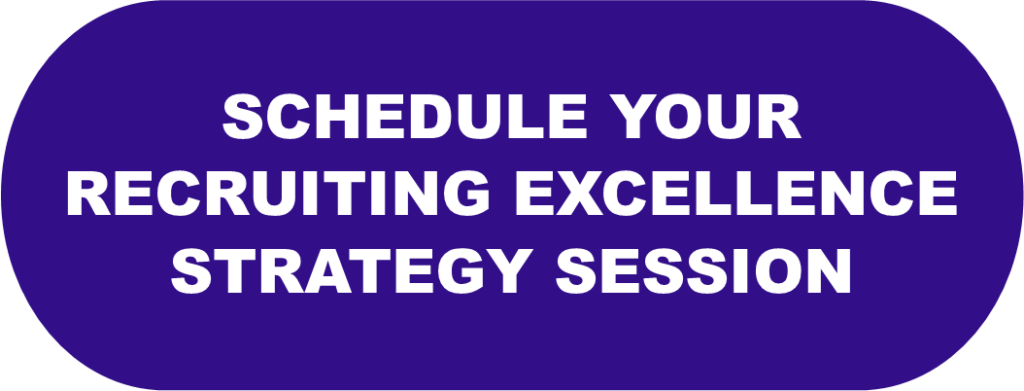Every organization is looking for ways to be more efficient and to do more with less. And the end result should be efficiency, efficacy, and better results, right? It’s not just about the technology; it has to be about getting a different, better, faster, more accurate result, too. That’s part of the reason there are so many failed ATS implementations.
Putting the Cart Before the Horse
The ATS implementation should be one of the last steps of a strategic process to improve your recruiting and hiring strategies. If you are struggling to get the right talent and you are skipping straight to implementing an applicant tracking system without stepping back and analyzing where your hiring managers and recruiters need help, how your existing process works, and what you need to fix in the process, the ATS will fail.
Creating a Recruiting Workflow Process
To have the best success with your ATS implementation, you not only need to have buy-in from the C-suite and the HR team, you need to have a well-documented, agreed-upon recruiting workflow. What is a recruiting workflow process? It’s the process you establish for every position in your company, beginning with creating a requisition for the position, posting the job, sourcing and screening the applicants, interviewing and selecting candidates, creating and approving the job offer, and then preboarding and onboarding the new hire.
The Step Before the Recruiting Workflow Process Most Organizations Skip
Too many organizations have a haphazard approach to workforce planning, without any strategy for prioritization of requisitions. Workforce planning is an essential process involving the CHRO, CFO, COO, recruiting team, and hiring managers to analyze, forecast, and plan workforce needs for the upcoming year. Workforce planning allows you to have the best possible strategy in place to overcome talent shortages, anticipate increased demand, and have the ability to find the right people with the right skills for the right position at the right time. In other words, it can be an essential piece for companies seeking to hire better, smarter, faster.
An ATS Implementation should end up being one of the last steps in your recruiting excellence overhaul. First, begin with developing a workforce plan – a living “document” – that should be updated throughout the year and include the input of key stakeholders. Then, develop a workflow that identifies and standardizes your entire recruiting and hiring process, including clearly defined roles and responsibilities. Only then should you begin identifying application tracking system solutions that might work for you.
There is a lot of healthy noise around creating a good candidate experience, but what is often missing is what it takes on the back end to make the experience happen. There is no shortcut, but you can start here to avoid the longcut in building a standard, stable recruiting function from the inside out and avoid failed ATS implementations.
Achieving Recruiting Excellence
At Beacon Lane Consulting, we define Recruiting Excellence as the right hire, for the right role, at the right time, for the right cost…every time. While this concept often seems ambitious, we continue to help clients work towards this through the ideal blend of process standardization and innovation, resulting in the most aspirational candidate experience. If you are looking for a way to straighten out your “bent” internal recruiting process, get in touch. We’d love to help.
